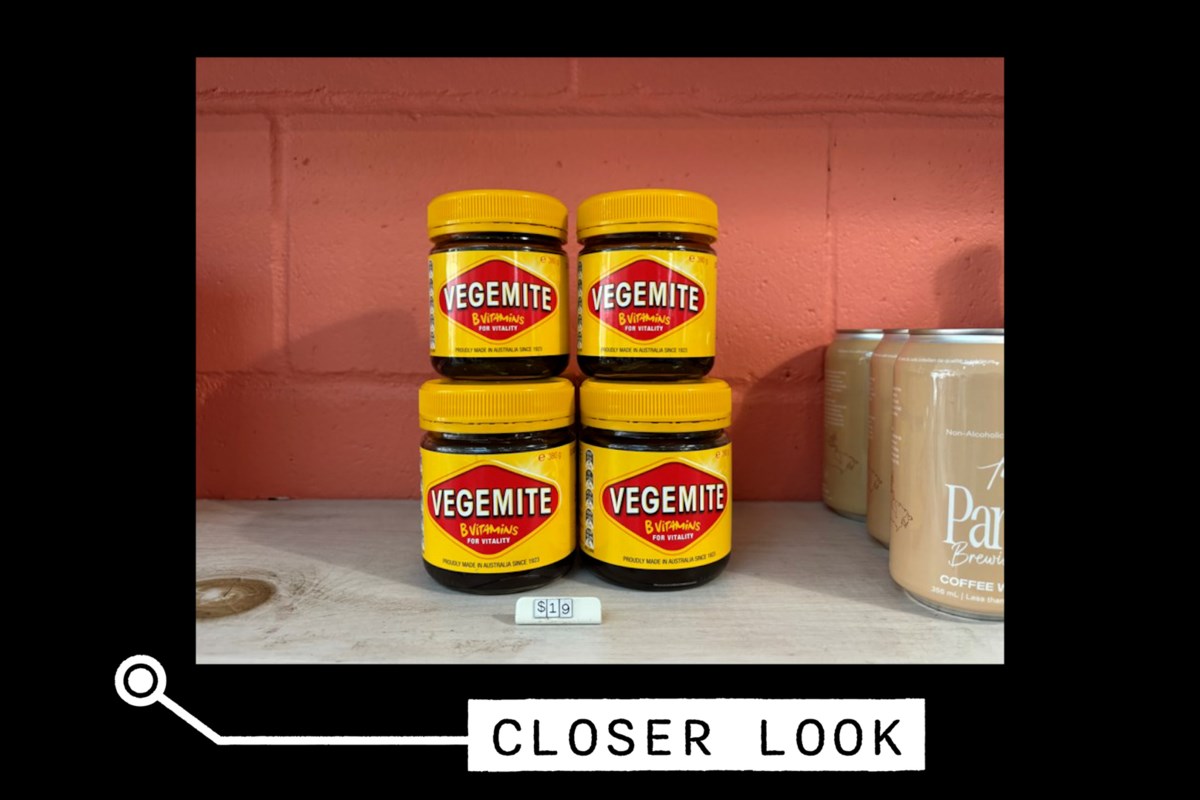Climate justice hangs in the balance — will AI divide or unite the planet?

The future of climate action was increasingly being written in code — but not everyone had a seat at the keyboard. In January 2025, UN Secretary-General António Guterres warned that the world risked fracturing into artificial intelligence (AI) “haves” and “have-nots”, with developing nations “left out in the cold” as wealthy powers and corporations raced to monopolise artificial intelligence. His remarks were echoed by a United Nations Sustainable Development Group briefing titled Great Power, Greater Responsibility in February 2025.This was not merely a technological gap — it was a moral reckoning. Could the Global South reclaim its voice in a climate fight increasingly dictated by algorithms trained on foreign data?The $300 billion pact The Baku Climate Unity Pact, unveiled at 29th Conference of Parties (COP29) to the United Nations Framework Convention on Climate Change (UNFCCC), pledged $300 billion annually by 2035 to fund climate resilience in the Global South. The commitment was widely welcomed as a breakthrough. Yet money alone could not mend a broken system. The pact’s success depended on how AI would be deployed: Would it prioritise flood prediction models for Bangladeshi farmers or optimise carbon markets for Wall Street?A World Economic Forum analysis, AI’s role in climate transition, co-authored by economists Nicholas Stern and Mattia Romani, stressed that AI must align with local needs. However, the Baku Climate Unity Pact’s reliance on Western-designed systems risk perpetuating digital colonialism.Why it matters: Flood prediction tools built using datasets from New York or Berlin are unlikely to help Mozambican villages prepare for cyclones. As Kirit S Parikh, Emeritus Professor at Mumbai’s Indira Gandhi Institute of Development Research, told this author: “Developing countries should build their own models. Collaboration is key, but confidence in local expertise must come first.” Without that shift, the pact risked becoming another entry in the ledger of broken climate promises.Green Digital Action Launched at COP28, the Green Digital Action initiative brought together over 40 governments and technological firms to improve digital accountability. Its flagship tool — the Greening Digital Companies dashboard — tracked corporate emissions and demanded greater transparency.AI-driven climate models, such as those cited in a January 2025 Council on Foreign Relations report World faces sharp rise in extreme weather by policymaker Alice C Hill and climate expert Colin McCormick, held life-saving potential. According to the report, just 24 hours of storm warning could reduce disaster-related damage by up to 30 per cent. But the models, trained on European weather patterns, often struggled in monsoon-driven Kerala or drought-prone Malawi.Here’s where the disconnect lies: Despite the UNFCCC’s push for “tailored solutions” in its AI report, embedded biases persisted. Ayesha Bhatti of the Center for Data Innovation noted that many countries, including India, had scientific talent but lacked access to the datasets and computing power needed to train robust AI systems. As a Nairobi-based climate engineer put it to me in a conversation: “Capacity development isn’t charity — it’s survival.”Paris Summit’s pragmatism — and pitfallsThe Paris Summit in February 2025 shifted focus from speculative AI risks, such as rogue autonomous systems, prioritising “immediate impact”. However, critics argued that this pragmatism ignored urgent ethical concerns. The absence of United States and United kingdom endorsements also weakened the summit’s credibility, allowing Silicon Valley’s giants to fill the power vacuum. Ethical questions — Who owns the data? Who profits? — were sidelined, even as AI-driven carbon markets quietly enriched tech intermediaries. The irony: While the summit championed “national sovereignty,” it failed to acknowledge how tech titans like Google and Microsoft dominate AI infrastructure.Bonn 2025: The cliffhanger no one can afford All eyes are now on the Bonn Climate Conference to be held in June 2025, where negotiations on technology transfer and climate finance are expected to resume. For nations like Malawi, grappling with persistent droughts, further delays could be devastating. The UNFCCC’s push for localised solutions is laudable, but without open-source AI platforms and shared patents, vulnerable states remain shackled to external tools ill-suited to their realities. A December 2024 policy brief Unpacking COP29 by Soenke Kreft, Saskia Werners and Kees van der Geest warned that stalling technology transfers could derail COP29’s net-zero tech goals. Yet there were glimmers of possibility — India’s strides in homegrown AI for crop resilience show what’s possible, if the Global South gets a fair shot. A call to code differentlyThe clock is ticking. The Baku Pact’s $300 billion commitment needs to be matched by a commitment to tech sovereignty— algorithmic tools co-designed by engineers in Jakarta and Nairobi, datasets informed by farmers’ lived experiences and AI governance that treats equity as non-negotiable.As Parikh insisted: “Our expertise is here. We can build our own tools and have now seen that countries even developing can build their own tools and certainly applications.” The alternative? A world where AI entrenches climate apartheid and the Global South drowns in the wake of solutions built for someone else’s storm. Control the code, or be controlled by it..Tavish Bhardwaj is a former intern at Down To EarthViews expressed are the author’s own and don’t necessarily reflect those of Down To Earth.Read all the news related to climate change in Hindi



















